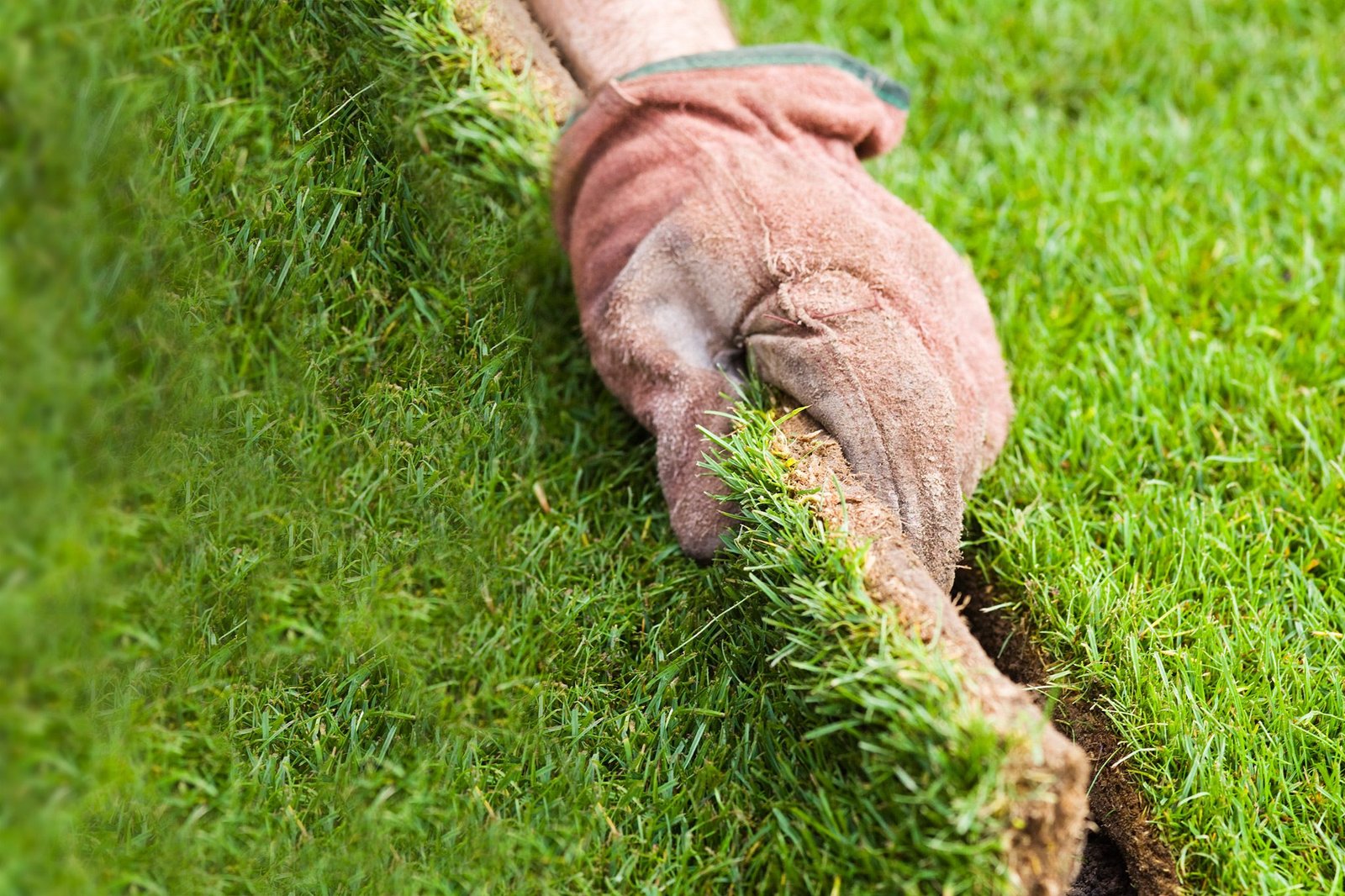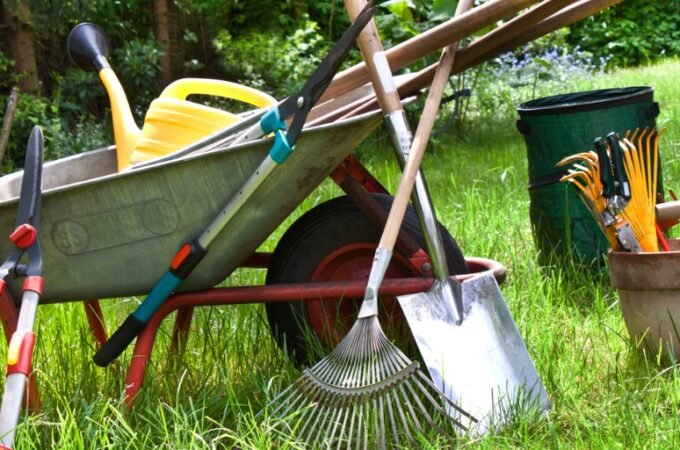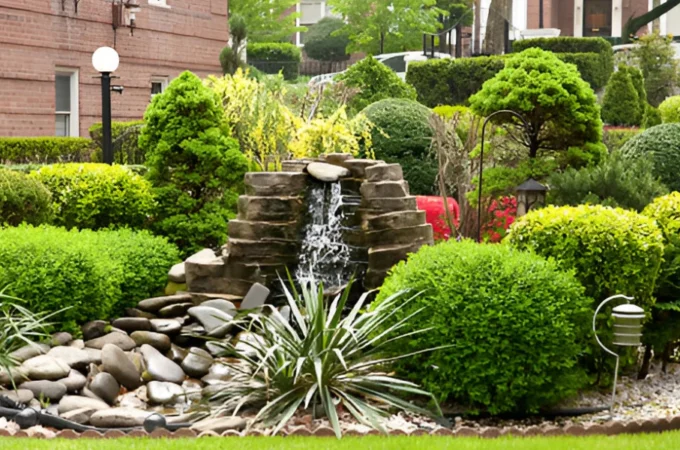
Starting Fresh: A Beginner’s Guide to Laying Down the Perfect Lawn
Table of Contents
ToggleWhy Lawn Installation Matters
Thoughtfully designing lawn shapes influences more than your property’s surface; its effects resonate underground and extend beyond your backyard fence. Lawns provide an essential environmental service by preventing erosion through dense root networks, which stabilize topsoil and help reduce runoff. This stabilization benefits your property and the wider community, as it can minimize sediment washing into storm drains, creeks, or rivers. Additionally, a lush lawn acts as a natural air filter, trapping allergens like pollen, dust, and airborne pollutants, helping to improve air quality for everyone in the neighborhood.
Lawns also offer cooling benefits. At the peak of summer, a well-maintained grassy area can be up to 30 degrees cooler than pavement or artificial turf due to evapotranspiration. This helps keep homes and surrounding areas more comfortable and can reduce air conditioning costs. If these ecological and practical advantages feel like a lot for a first-time homeowner or anyone looking for the best possible start, turning to professional lawn installation services ensures essential details are not overlooked. With experienced hands overseeing grading, soil prep, and initial maintenance, you give your lawn the best possible foundation for future growth.
The benefits of a properly maintained lawn extend well beyond the curb. Homes with healthy lawns and landscaping may stand out in competitive real estate markets, selling faster and for higher prices. Realtors often note that a vibrant lawn leaves a memorable first impression on potential buyers. Beyond aesthetics and economics, a thriving lawn provides safe play areas for children and pets and a calm, inviting spot for socializing, relaxing, or gardening. Collectively, these advantages showcase why the effort put into a quality installation pays dividends for years to come.
Preparing Your Yard for New Grass
Every thriving lawn begins with behind-the-scenes groundwork. Before introducing any seed or sod into your outdoor canvas, a thorough clean-up is needed. Remove every visible rock, stick, weed, root, and old turf. These seemingly minor remnants can create bumps, uneven rooting, or areas where grass refuses to grow. Leveling the surface with a landscaping rake is crucial for creating gentle slopes that allow water to drain away from buildings and prevent pooling in low areas. Spending more time preparing the ground is often necessary than laying the grass; there’s a good reason for that.
The next non-negotiable step is a detailed soil analysis. Home kits can provide basic readings, but a professional test from your local cooperative extension will give deeper insight into pH and nutrient levels. Grasses thrive best in soils with balanced nitrogen, phosphorus, and potassium and a pH between 6.0 and 7.0, although some warm-season types may tolerate slightly more acidic soil. Use the results to tailor amendments: lime raises pH, sulfur lowers it, and specific fertilizers target nutrient gaps. Incorporating organic matter, such as compost or well-rotted manure, doesn’t just feed your new lawn—it improves water retention, aeration, and disease resistance. Many lawn projects stumble at this stage due to skipped or generic soil preparation, so take the time to transform your dirt into an optimal seedbed before moving forward.
Different Ways to Install a Lawn
Not every lawn installation follows the exact blueprint. Three primary approaches—seeding, sodding, and hydroseeding—each caters to different needs. Seeding is budget-friendly and provides unlimited options, accommodating rare blends, drought-tolerant species, or specialty uses like play areas and shade covers. The main challenge is patience: seeds take several weeks to establish, require consistent, gentle watering, and are vulnerable to weeds or birds until they fill in. However, homeowners who value variety and aren’t in a hurry often find seeding the most rewarding, as they can watch the process from bare earth to full bloom.
Sodding, on the other hand, offers near-instant gratification. Rolls or sections of mature turf are harvested from professional growers and transplanted onto your prepared soil. With sod, you can walk on your new lawn within a couple of weeks, and initial weed problems are minimal. Sod is more expensive up front and usually limits you to common varieties available from local suppliers. Still, it’s perfect when you need a finished look quickly or are patching problem areas after construction. Hydroseeding might be best if your site is large, sloped, or erosion-prone. This method applies a wet mixture of grass seed, mulch, fertilizer, and sometimes tackifiers to prepared soil. Hydroseeding gives good coverage and fast results in conditions that make sodding impractical. Hydroseeding is often recommended for managing stormwater runoff and soil conservation, especially on slopes, showing how different methods can align with your landscaping goals and environmental stewardship.
Choosing the Right Type of Grass
The journey to a beautiful, enduring lawn rests on selecting the right grass species. The climate is the most significant factor—cool-season grasses like Kentucky Bluegrass, Ryegrass, and Fine Fescue perform best in regions with snowy winters and mild, humid summers. At the same time, warm-season varieties, such as Bermuda, Zoysia, and St. Augustine, are suited to hotter, drier conditions. High-maintenance battles with browning, thinning, or disease are almost guaranteed if you select a grass type mismatched to your region. Also, assess the sunlight your property receives throughout the day. Some lawns are shaded by trees, fences, or buildings, restricting options to shade-tolerant varieties, whereas open, sunny spots may excel with species demanding full sun.
Don’t overlook your lifestyle and how you use your outdoor space. Sports fields and homes with active children or pets benefit from aggressive, self-healing varieties that bounce back from wear. Fine-bladed grass with a uniform, dense growth pattern may be chosen for a show-stopping aesthetic, even if it means more mowing and fertilizing. Your region’s cooperative extension or local garden center can help you narrow the options, considering unique soil conditions, common pests, and even drought cycles. While it’s tempting to be dazzled by exotic strains, focus on the intersection of practicality and performance for a healthy, low-stress lawn year after year.
Step-by-Step Lawn Installation
- Test and amend your soil: Use soil test results to determine what must be added for optimal turf growth. Lime, compost, and fertilizers should be mixed into the root zone—typically the top three to four inches of earth. Uniform consistency helps every square foot of lawn develop equally well.
- Level and prepare the soil: After amending, double-check for any bumps, stones, or depressions. A consistently smooth, gently sloping yard ensures even mowing, watering, and resilience against wind and rain.
- Choose your planting method:Purchase reputable, fresh seed or sod from trusted suppliers. Inspect sod for disease and seeds for purity and germination rates. Confirm the contractor’s experience with hydroseeding.
- Plant carefully: For seed, spread evenly and cover lightly with soil or mulch to protect against birds and keep moisture consistent. Lay sod so seams are tight and staggered—avoid overlapping. Hydroseed should form a visible, uniform layer across the area.
- Roll and water: For sod, rolling after installation improves root-soil contact. Begin watering immediately, providing daily moisture that soaks an inch deep without a runoff. Seeds need frequent, gentle misting to avoid washing away or drying out.
- Routine checks: Inspect the lawn daily for dry spots, weeds, pest damage, or poor drainage. Address issues early, reseeding, watering, or spot treating as necessary for even growth.
This detailed approach might require patience and persistence, but it’s the surest route to a yard that pays back with long-term beauty, resilience, and ease of care.
Tips for a Healthy, Long-Lasting Lawn
Once the grass has sprouted or sod is bedded in, your job shifts from installation to nurturing. Early and consistent watering is crucial—do so in the cool early hours for maximum soil absorption and to discourage fungal growth. Avoid mowing too soon or too short; young shoots are fragile, and scalping will leave the lawn patchy or expose soil to weeds. Adjust blade height to remove just a third of the grass length at each mow, and sharpen mower blades for clean cuts that minimize disease.
- Mulch lawn clippings whenever possible; they break down quickly, returning valuable nutrients to the soil and reducing the need for synthetic fertilizers.
- Fertilize according to soil test recommendations, adjusting for seasonal growth spurts and slowdowns.
- If the soil becomes compacted by heavy use, aerate annually—this allows air, water, and nutrients to penetrate deeply, invigorating root growth.
- Spot-treat emerging weeds with targeted products, being careful not to overwhelm young grass with broad-spectrum herbicides. Manual removal is often best in the early stages.
As your lawn matures, maintenance becomes more straightforward. Annual routines and attention to detail are the hallmarks of any lush, resilient turf.
Common Lawn Installation Mistakes
Even with the best intentions, simple errors can sabotage your lawn goals. One of the biggest mistakes is neglecting the importance of soil balance. Without a proper test and targeted amendments, lawns may sprout unevenly or succumb to disease and pests. Overwatering is next in line, particularly with new sod and seeds—constant soaking can drown roots or create fungal infestations. Be sure to water deeply but infrequently once the grass is established, training roots to grow downward for drought resistance.
- Skipping soil leveling creates hills and valleys that cause uneven mowing and water pooling, killing grass in dips and stressing it on peaks.
- Failing to match grass varieties with sunlight and climate leads to recurring brown patches and unnecessary expense.
- Ignoring weed prevention in the first weeks allows aggressive annuals or invasive species to steal water and nutrients.
Checking these pitfalls off your list early on avoids frustration, saving you on unnecessary renovations and maintenance later.
Lynn Place is Vice President of Marketing for SolvChem Custom Packaging Division. She has 30 years of professional experience in the manufacturing industry and specializes in consumer packaged goods, new product development and strategic planning.






